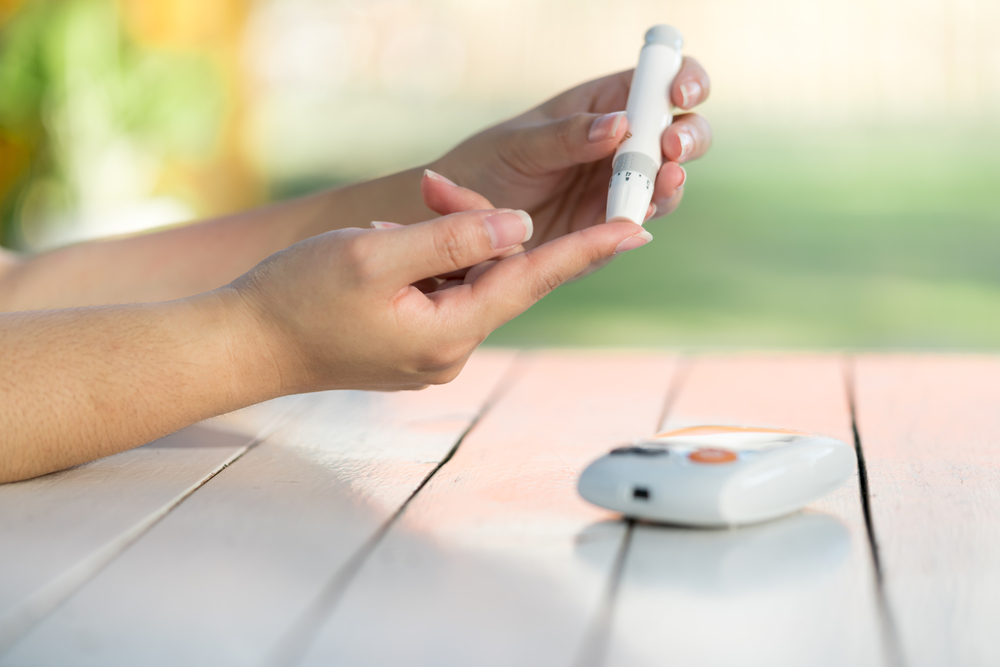It would seem artificial organs are quickly becoming the new norm where scientific research is considered. The University of Virginia successfully developed and trialed an artificial pancreas to help children control Type 1 diabetes. This is a major breakthrough in scientific research that will send shockwaves throughout the community moving forward.
An Artificial Pancreas To Control Type 1 Diabetes
Scientists from all over the world have tried to come up with a tangible solution to combat diabetes. Unfortunately, the challenge has been a very steep one so far. That being said, there appears to be a light at the end of this long tunnel right now. To be more precise, the University of Virginia developed an artificial pancreas that will help young children control their Type 1 diabetes.
On paper, creating an artificial pancreas sounds like something worth checking out, even though there is never a guarantee for success. What this “organ” does is actively monitor and regulate the blood-sugar levels of its host. This means people who suffer from Type 1 diabetes will no longer need to manually inject insulin nor prick their fingers to check blood sugar levels. The fact this pancreas works as advertised, and is quite significant for the medical sector as a whole.
All of the data generated by the artificial pancreas is sent back to a reconfigured smartphone which runs algorithms to process the data. This smartphone then sends the information to a blood-sugar monitor and insulin pump worn by the person suffering from Type 1 diabetes. Moreover, all information is also broadcasted to a remote monitoring site, where the data is collected on behalf of the patient.
There is another major benefit to this artificial pancreas beyond automatic insulin injections and actively monitoring blood-sugar levels. It can also prevent hypoglycemic events, which is always a major concern for children with Type 1 diabetes. A field trial was conducted among 12 children, all of whom were perfectly capable of controlling their diabetes using this new method. In fact, the children wearing this artificial pancreas saw lower average blood-sugar levels and did not increase hypoglycemia during the trial period.
Although this was only a small test, it goes to show the artificial pancreas is of great benefit to Type 1 diabetes patients. It is designed for children between the age of 5 and 8, although it is not unlikely similar technology will be devised to support other age categories in the future. There are many people who are suffering from Type 1 diabetes, regardless of their age.
For now, the plan is to monitor children for an extended period of time and see if the artificial pancreas is as effective at school as well. The first test was conducted during a 68-hour window both with and without the pancreas, which only provides a brief glimpse of how this “organ” will hold up. Additionally, there is a plan on the table to provide an artificial pancreas to children aged 14 and older suffering from Type 1 diabetes as well.
If you liked this article, follow us on Twitter @themerklenews and make sure to subscribe to our newsletter to receive the latest bitcoin, cryptocurrency, and technology news.

